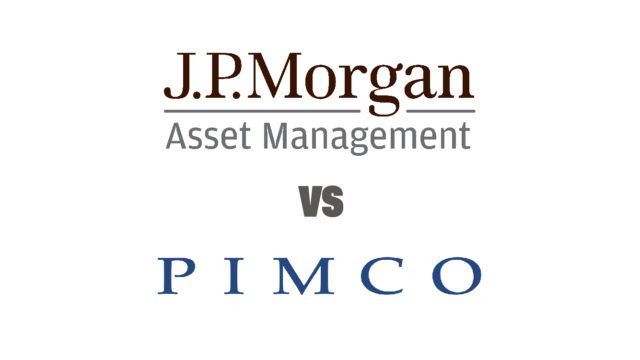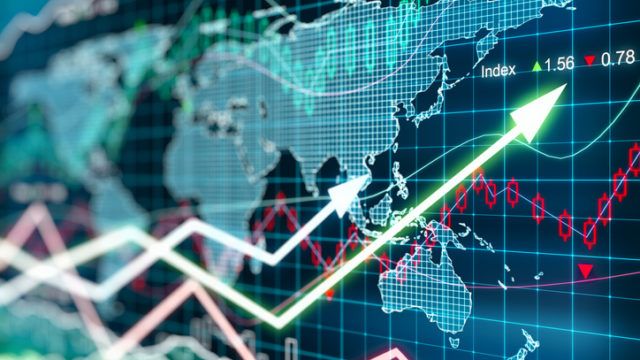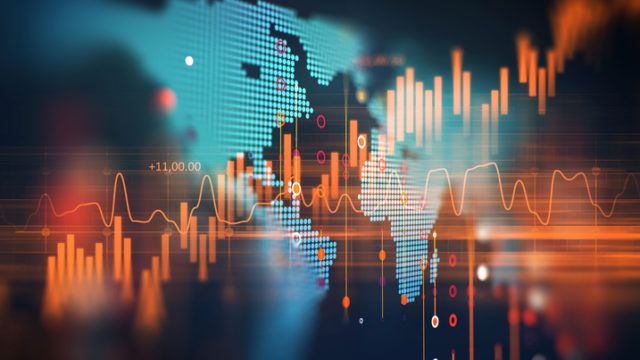This week FSA presents a quick comparison of two global high yield bond funds, the JPM Global High YIeld Bond Fund and the Pimco GIS Global High Yield Bond Fund.


This week FSA presents a quick comparison of two global high yield bond funds, the JPM Global High YIeld Bond Fund and the Pimco GIS Global High Yield Bond Fund.

FSA compares two global equity funds: the Fidelity World Fund and the Investec Global Strategic Equity Fund.

FSA compares two Japan index products from the industry’s two giants: the iShares Japan Equity Index Fund and the Vanguard Japan Stock Index Fund.

ETF assets in Asia-Pacific are expected to grow four times to reach $1.9trn by 2025, according to a report by Broadridge Financial.

FSA compares the world’s two largest money market funds: Tianhong’s Yuebao and JP Morgan’s US government fund.

FSA examines the returns of equity funds to see if value investing is catching up with growth, as many in the industry believe.

FSA looked at the five China equity funds with the lowest average correlation to the performance of peer funds and found three with above average performance.

Most of the fund categories available for sale to investors in Hong Kong are well correlated, with the relative exception of China and India equity funds, FSA research suggests.

In an analysis of Morningstar ESG scores vs fund outperformance, FSA has found that a strong ESG focus appears to be correlated with under-performance.

With the market correction and the return of volatility in February, how did FSA’s hypothetical investments with the region’s three robo-advisors perform against their benchmarks?
Part of the Mark Allen Group.
